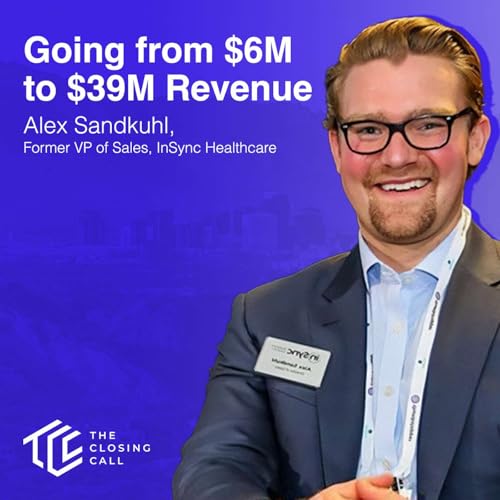Mortgage Automator co-founder Joseph Fooks joins The Closing Call to share how he and his partners bootstrapped a niche SaaS platform for private lenders into a market-leading outcome. He discusses the early pain points that inspired the product, the pivotal moment COVID created for growth, and how partnering with Kaizen Equity shaped the process, timing, and ultimate outcome of their sale.
Follow Joe Fooks
LinkedIn – https://www.linkedin.com/in/joseph-fooks-1406754a/
Mortgage Automator – https://www.mortgageautomator.com/
Key Lessons & Insights
• How firsthand industry pain points can spark SaaS innovation.
• The impact of web-based architecture during COVID on scaling.
• Identifying an ideal customer profile (AUM $20–150M) for growth.
• Why patience and market timing are critical before a sale.
• The value of transparent, strategic bankers in achieving significant SaaS multiples.
• How to filter potential buyers and create competitive tension.
• Why emotional detachment helps founders make better financial decisions.
• The role of founder–banker alignment and trust in successful exits.
Timestamps
[00:12] Origin of Mortgage Automator and early inefficiencies
[03:46] Solving lender pain points through automation
[06:05] COVID’s unexpected boost to sales and visibility
[07:45] Defining the ideal customer and scaling to enterprise
[09:09] Deciding to explore a sale and partner with Kaizen
[13:15] Market shifts, strategic patience, and pre-sale preparation
[16:16] Achieving a market-leading outcome by following Kaizen’s guidance
[17:31] Managing 25+ term sheets and vetting potential buyers
[20:47] Advice for founders selecting the right investment banker
[23:07] Reflections and gratitude post-closing
 Nov 19 202533 min
Nov 19 202533 min 24 min
24 min Oct 10 202537 min
Oct 10 202537 min
